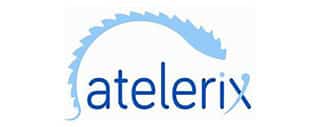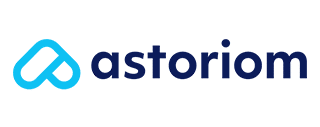For Patients
We benefit patients donating tissue for research because we aid the traceability of medical samples and encourage the usage of samples in line with the informed consent provided by the patient.
What Tissue Donors Expect
People donating tissue samples for research, do so in the belief they will help medical research. Unfortunately, most donated samples remain in storage facilities forever. The under-use of biospecimens or samples donated for research is a practical and ethical challenge.
After tissue donation, the patient expects biobanks who collect their samples to ensure their appropriate use, in line with the informed consent they have given. The biobank’s role as custodian is vital, and sample traceability must be ensured to verify the eventual use of the samples.


Supporting the Interests of Patients
The Biosample Hub platform helps biobanks to make full use of their samples. It does this by increasing biobank discoverability, making it easier for company requesters to find suitable biobanks. So biobanks can supply more medical samples for research by more requesters.
We also support sample traceability, by placing biobanks and companies in direct contact with each other. This helps the biobank identify the end-user of tissue donation samples.
The Biosample Hub platform is run by a not-for-profit company, which provides users and donors with confidence that high ethical standards will prevail.
Ways We Help

Biobank Discoverability
Biobank visibility ...
Our biobank directory makes industry-friendly biobanks more discoverable for biotech and pharma companies. Unlike other directories, 100% of the biobanks in our directory want to work with industry. This is because joining Biosample Hub is voluntary, and for the sole purpose of working with industry.
Increased biobank discoverability leads to better usage of samples. This benefits patients donating tissue for research.

Sample Traceability
Sample tracking ...
A central feature of the Biosample Hub platform is direct communication between biobanks and companies. Biobanks using the platform speak directly to end-users of medical samples. This communication improves sample tracking. As a result, the biobank can make sure about the appropriate use of their tissue donation samples which have informed consent for research.




